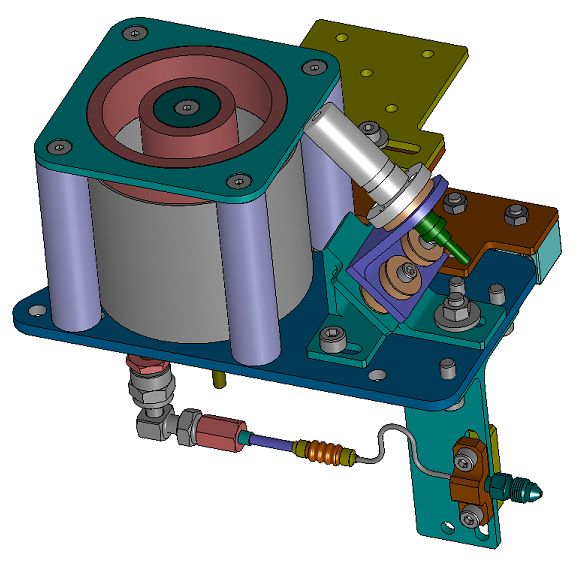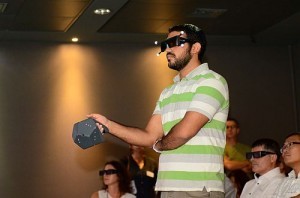
The new visualization lab is a research and learning facility, which allows one to “enter” three-dimensional digital simulations (models) of buildings, cities and landscapes, whether they physically exist or are in the planning stages. The lab includes a concave screen eight meters wide that can project a uniform and continuous image using three synchronized projectors. The state-of-the-art laboratory equipment allows researchers and students to interactively control the model or image, using seven surveillance cameras, sensors and a wireless controller (wand controller), which facilitates a virtual “Trip” of the displayed environment.
This visualization lab – the first of its kind in Israel – is among the leading laboratories in the world that can share a virtual immersion experience with up to 20 participants. It is the brainchild of Professor Yehuda Kalay, and was founded in collaboration with five new Technion faculty members. Its establishment was headed by Assistant Professor Daniel Orenstein, who currently serves as the Academic Director of the laboratory, and architect and Assistant Professor Dafna Fisher-Gewirtzman, who planned, designed and oversaw its construction.
To mark the opening of the new visualization lab, Technion has hosted an international workshop this week – VIZWORLD – which included seminar lectures, demonstrations, and discussions with guest scholars from Israel and abroad.
“Unlike other artifacts, one may only experience buildings, cities, and landscapes through a physical presence ‘in’ the environment,” said Professor Kalay. “Usually, we must wait for the building to be built in order to experience it. This lab will enable such an experience before the building is completed, so that we can detect and fix errors in the design process itself. This is especially important when designing environments with complex geometries, made possible through current digital design tools, or for landscape rehabilitation projects requiring multi-year planning.”
“The lab will be used for research by faculty members and graduates pursuing advanced degrees, and will be integrated as a teaching tool in the faculty’s studio courses,” added Assistant Professor Dafna Fisher-Gewirtzman. “We anticipate that the usage of the laboratory will lead to new work processes in the studio, and open up new research direction.”
Above: Ezra Ozri, a fourth year student in the Faculty, demonstrating the capabilities of the new system. Photographed by: Shitzo Photography Services, Technion Spokesperson’s Office

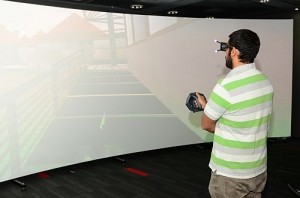
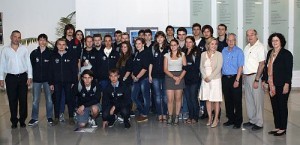 The Technion has inaugurated a new and unique program for Russian speaking students: Freshman Year in Science and Engineering in the Russian language, integrating an intensive Hebrew language course. From their second year onwards, these students will be able to assimilate into Technion’s regular Hebrew study tracks at the university’s 18 faculties, together with their Israeli counterparts. The first cohort, consisting of 22 students aged 17-25 arriving to Israel from Russia, the Ukraine, Belarus and Moldovia, began their studies at Technion this month. The project is managed and run by the Technion International School, and was developed in cooperation with the “Massa” and “Nativ” organizations, in conjunction with the Ministry of Education, which is responsible for the Hebrew portion of the program.
The Technion has inaugurated a new and unique program for Russian speaking students: Freshman Year in Science and Engineering in the Russian language, integrating an intensive Hebrew language course. From their second year onwards, these students will be able to assimilate into Technion’s regular Hebrew study tracks at the university’s 18 faculties, together with their Israeli counterparts. The first cohort, consisting of 22 students aged 17-25 arriving to Israel from Russia, the Ukraine, Belarus and Moldovia, began their studies at Technion this month. The project is managed and run by the Technion International School, and was developed in cooperation with the “Massa” and “Nativ” organizations, in conjunction with the Ministry of Education, which is responsible for the Hebrew portion of the program.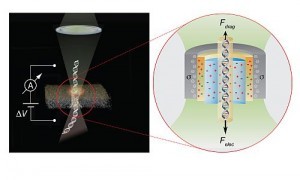 Focusing Laser Light on Tiny Nanopores will Boost Accuracy of DNA Sequencing Method
Focusing Laser Light on Tiny Nanopores will Boost Accuracy of DNA Sequencing Method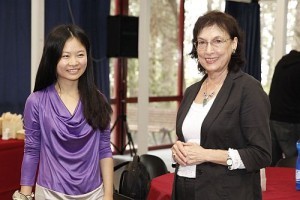 Over twenty students from Yale University were hosted at Technion last week as part of the Global Network Week (GNW) program. GNW is an international program held for the first time at Technion. The event organizers, Professor Miriam Erez and Dr. Harry Yuklea from the Technion MBA program, said that as a result of the project’s overwhelming success, another event will be held in March.
Over twenty students from Yale University were hosted at Technion last week as part of the Global Network Week (GNW) program. GNW is an international program held for the first time at Technion. The event organizers, Professor Miriam Erez and Dr. Harry Yuklea from the Technion MBA program, said that as a result of the project’s overwhelming success, another event will be held in March.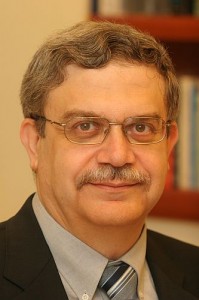 Prof. Moshe Sidi has been appointed as the new Senior Executive Vice President of the Technion, replacing Prof. Paul Feigin, who has completed his six-year term.
Prof. Moshe Sidi has been appointed as the new Senior Executive Vice President of the Technion, replacing Prof. Paul Feigin, who has completed his six-year term.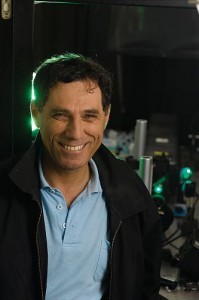 This is the first time this award has been awarded to an Israeli researcher
This is the first time this award has been awarded to an Israeli researcher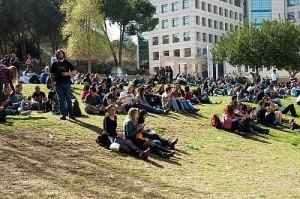 The academic year opened on October 13; the most popular faculties this year are Medicine, Electrical Engineering, Computer Science, Architecture and Mechanical Engineering; this year the academic reforms within the Technion’s study framework will continue, as too, the efforts to improve the quality of teaching
The academic year opened on October 13; the most popular faculties this year are Medicine, Electrical Engineering, Computer Science, Architecture and Mechanical Engineering; this year the academic reforms within the Technion’s study framework will continue, as too, the efforts to improve the quality of teaching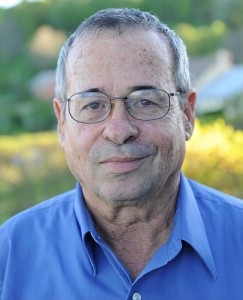 Technion Alumnus, Professor Arieh Warshel, is one of three scientists awarded the Nobel Prize in Chemistry for 2013. Warshel shares his award with his research partners Professor Michael Levitt from the University of Stanford with whom he completed his doctorate at the Weizmann Institute, and Professor Martin Karplus (affiliated with the University of Strasbourg and Harvard University). They will be awarded this prize for “developing computer models of complex chemical processes.”
Technion Alumnus, Professor Arieh Warshel, is one of three scientists awarded the Nobel Prize in Chemistry for 2013. Warshel shares his award with his research partners Professor Michael Levitt from the University of Stanford with whom he completed his doctorate at the Weizmann Institute, and Professor Martin Karplus (affiliated with the University of Strasbourg and Harvard University). They will be awarded this prize for “developing computer models of complex chemical processes.”